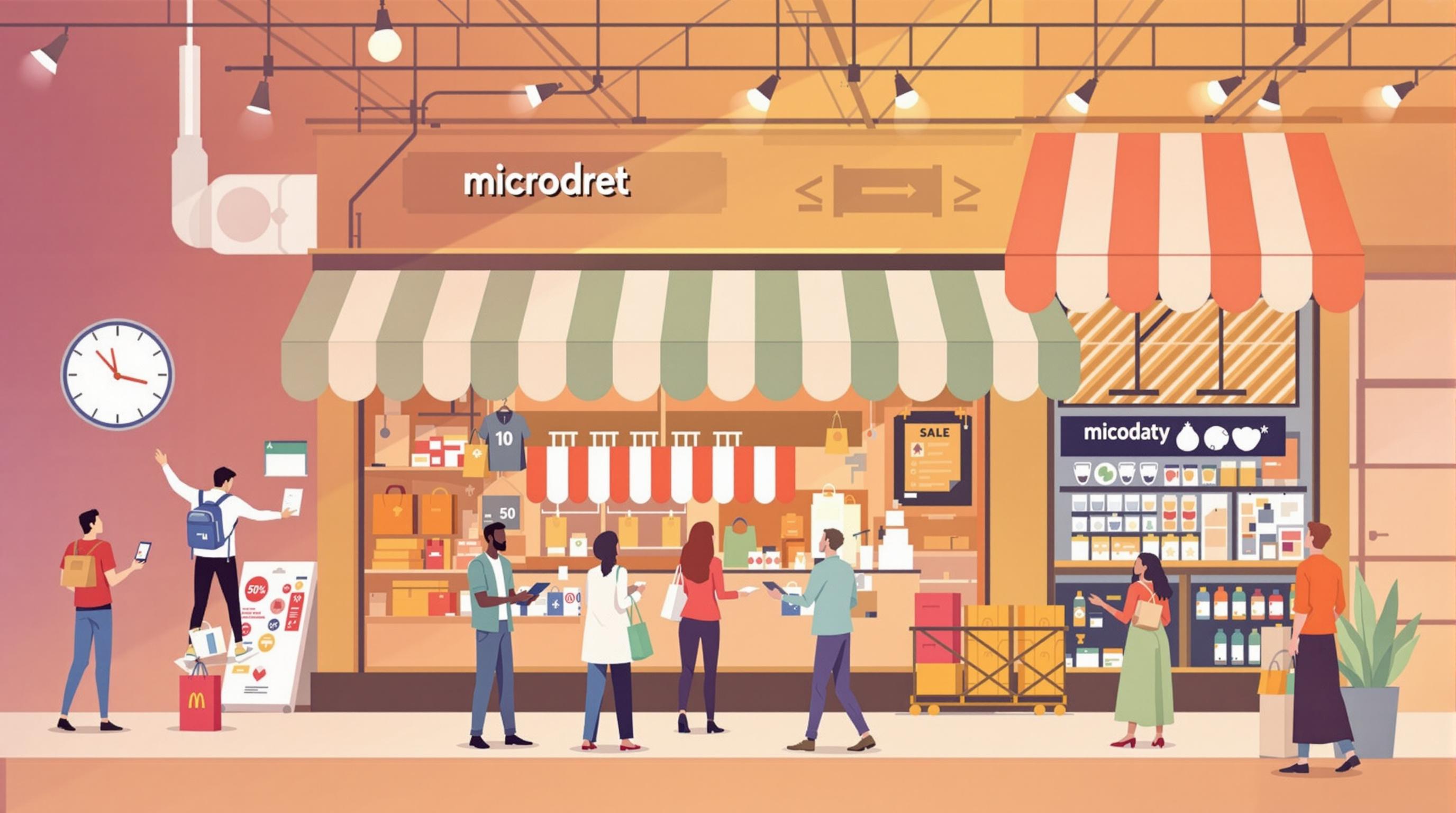Related Articles
- Navigating the Talent Labyrinth: How Emotional Intelligence Is Shaping New Hiring Practices in Unseen Markets
- Behind the Scenes: How Automating HR Processes Is Redefining the Future of Recruitment and Job-Seeking Strategies
- Beneath the Surface: Unveiling the Surprising Role of Environmental Sustainability in Shaping Future Careers
- Exploring the Quirky Side of Remote Work: How Hobbies Are Fueling Professional Success in Unexpected Ways
- How the Remote Revolution is Inspiring Unlikely Friendships Across Continents: A Study of Global Connectedness
- The Unforeseen Bond: How Virtual Coworking Spaces Foster Unexpected Connections Amidst Remote Work
The Gig Economy's Ghost Workers: Unmasking the Shadows of Hidden Labor Forces and Their Impact on Employment Trends
The Gig Economy's Ghost Workers: Unmasking the Shadows of Hidden Labor Forces and Their Impact on Employment Trends
The gig economy has given rise to a hidden workforce commonly referred to as "ghost workers," laborers whose contributions are often invisible yet crucial in shaping modern employment trends. This article dives deep into the complexities of hidden labor, its implications for workers and businesses alike, and what it means for the future of employment.
Understanding the Gig Economy
The gig economy, characterized by short-term contracts and freelance work, has transformed the labor landscape dramatically over the past decade. According to a 2022 report by McKinsey, about 36% of U.S. workers engage in independent work, with figures expected to rise, showcasing a paradigm shift in job structures.
The Rise of Ghost Workers
While gig work offers flexibility and autonomy, it's essential to recognize the unseen labor behind it: the ghost workers—individuals who perform essential tasks such as data labeling, customer support, or content generation, often unnoticed. These workers frequently toil in the shadows, rarely credited or even compensated fairly for their valuable contributions.
The Invisible Workforce
Imagine a bustling city where delivery drivers, ride-sharers, and freelance graphic designers are visible, yet the algorithmic laborers—those who teach machines to recognize objects or analyze user data—remain hidden from view. For instance, in the world of artificial intelligence, companies employ an astonishing number of ghost workers to train algorithms by providing labeled data, often at a pittance.
A Stanford study estimated that approximately 80% of the data used to train AI systems is labeled by human workers. This immense reliance on invisible labor raises questions about fairness and recognition—issues that often go unaddressed in corporate dialogues.
Discovering the Human Cost
The ramifications of ghost work extend beyond mere invisibility; they impact the quality of life and working conditions of many individuals. Many ghost workers find themselves in a precarious position, juggling multiple gigs with little job security or benefits.
Taylor, a 25-year-old data annotator from San Francisco, shared her experience: “I often feel like a cog in a machine. I label data for hours on end and get paid peanuts compared to the profit-driven companies I work for.” Her story reflects the plight of many in the gig economy—a vicious cycle of exploitative pay and endless hustle.
Employment Trends: A Silver Lining?
Despite the challenges, there are arguments suggesting a silver lining to the rise of ghost workers. Businesses benefit from a flexible, scalable workforce while workers gain opportunities for supplementary income. According to statistics from Upwork, 61% of gig workers say they prefer this form of employment due to the freedom it affords.
Many companies, particularly startups, thrive through this model. For example, Instacart relies on gig workers for grocery delivery, allowing them to scale quickly and adapt to market demands without investing heavily in full-time employees. This adaptability could lead to resilient business models—if only there were more equitable working conditions.
Legal Frameworks and Their Limitations
The legal landscape surrounding gig work is evolving but often lags behind the rapid growth of this sector. Gig workers lack the protections enjoyed by full-time employees, such as healthcare, overtime pay, and unemployment benefits. A 2021 survey by the Pew Research Center found that 56% of gig workers consider their lack of benefits as a considerable drawback.
Some states, like California, have attempted to address this through legislation like AB5, which seeks to classify many gig workers as employees rather than independent contractors. However, the effectiveness of such laws remains hotly debated, with critics arguing it stifles gig economy flexibility.
A Humorous Perspective
Let’s pause for a moment and imagine what would happen if ghost workers had a rally: “We want visibility, not invisibility!” This amusing image might catch you off guard, but underneath the humor lies a serious issue that demands systemic attention. If only ghost workers could manifest for a day as superheroes, revealing their powers to the world—one labeled image at a time!
Best Practices for Ethical Employment
As consumers and business owners, it’s crucial to advocate for ethical practices that uphold the dignity of all workers—seen and unseen. Companies can take steps to ensure fair treatment of ghost workers, such as implementing transparent pay structures, offering proper recognition, and providing pathways to employment benefits.
Startups and established companies alike should consider investing in their ghost workforces. Training programs, honest pay, and health benefits not only enhance loyalty but can also elevate a company’s reputation in the competitive market. In fact, research from Harvard Business Review indicates that businesses prioritizing employee welfare report significantly higher productivity levels.
Storytellers of Change
Perhaps the most poignant stories come from those advocating for change. Groups like the Freelancers Union and the National Domestic Workers Alliance are working tirelessly to bring ghost workers into the light, ensuring they receive fair wages and recognition for their contributions. Marisol, a campaign leader at the Alliance, stated, “It’s crucial that we not only pay our workers fairly but honor their role in the economy. They’re the backbone of many industries.”
The Future of Work: Bridging the Gap
Looking ahead, the future of work appears to be a complex interplay between technology and human labor. As AI continues to evolve, the demand for ghost workers may only increase. Companies must adapt, bridging the gap between the burgeoning gig economy and the need for ethical employment practices.
At its core, fostering a more conscious approach to gig work may lead to a healthier economy overall. The U.S. Bureau of Labor Statistics predicts that employment in the alternative work arrangements category will continue to grow by 20% within the next decade, highlighting not just the necessity, but the potential for innovation within these labor niches.
Final Thoughts: A Call to Action
The ghost workers of the gig economy embody both extraordinary potential and significant challenges. It is imperative for everyone, from policymakers to consumers, to engage in meaningful conversations about labor rights and recognition.
As we forge ahead into an era of unprecedented change, let us remain committed to shedding light on the invisible labor forces that contribute so much to our economy. Change begins with awareness, and through collective action, we can ensure that all workers—seen and unseen—receive the recognition they rightfully deserve.
Conclusion
In the overarching context of employment trends, ghost workers illustrate a multifaceted narrative. We must understand their significance and strive for an inclusive labor market that truly values every contributor. As we navigate this evolving landscape, let’s work towards protecting those in the shadows, ensuring that the future of work is equitable for all.





